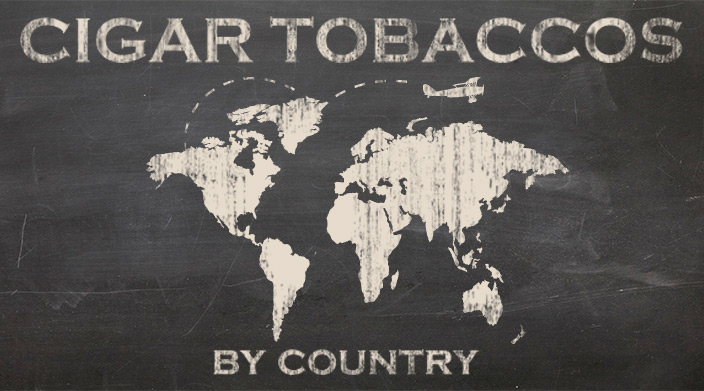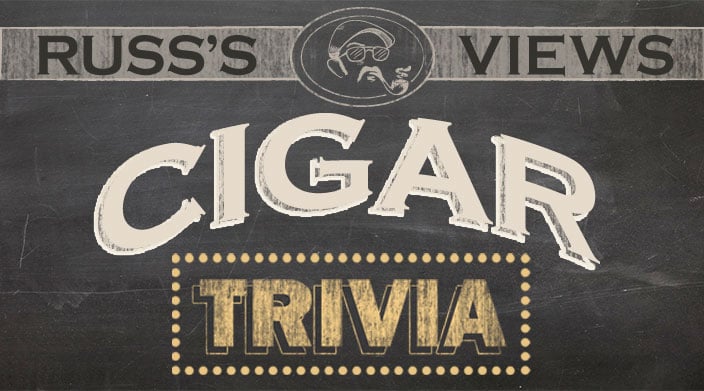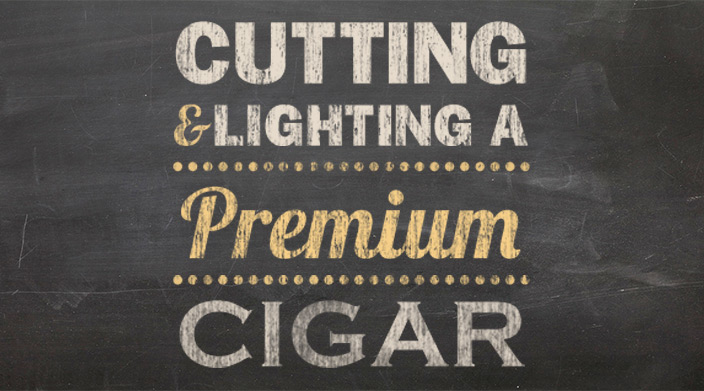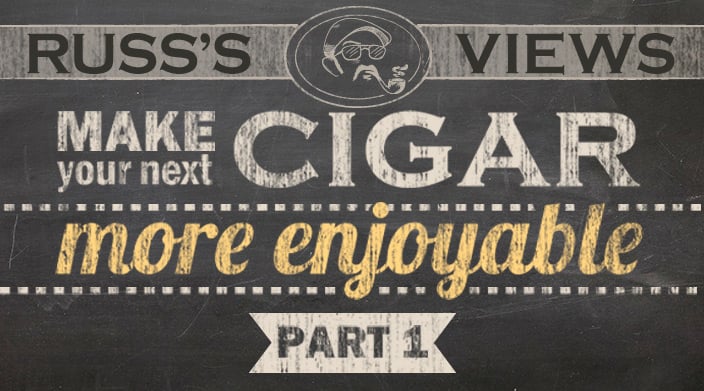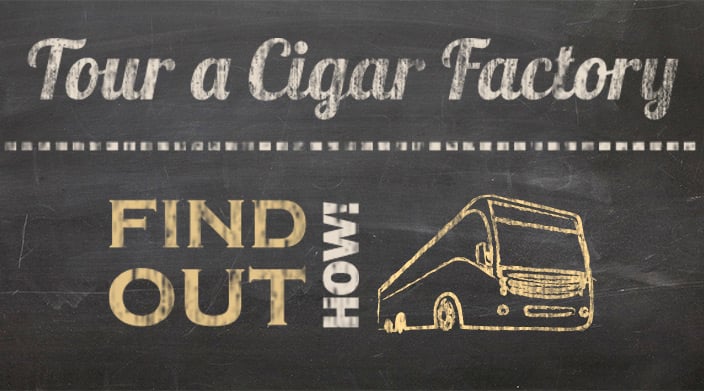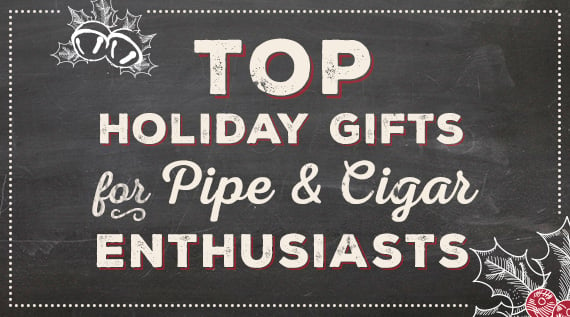Like the criollo plant, the corojo plant is a cross between two types of the tobacco plant. Corojo was a type of seed that originated in Sumatra, but during the 1930's it was crossed with the Cuban "black tobacco" plant in Cuba and was adapted for use in Cuba. It remains to this day the best type of tobacco that can be used for a wrapper, and is currently used on Carribe's premier line of cigars, the Camacho Corojo marquee.
The wrapper is the most expensive part of the cigar, and Corojo wrapper is even more expensive to produce. While it is no more than 10% of a cigar by its weight, the wrapper accounts for 70% of a cigar's cost. Wrapper tobacco must be inspected more closely and more thoroughly than filler tobacco, because the slightest hole bored into the leaf by an insect, or the slightest tear, will cause the leaf to be rejected as wrapper leaf, and used instead as filler. The best veguros in the world can only have 60% of their shade-grown leaves to qualify as wrapper tobacco. The average veguro is able to get 20% of his leaves to qualify as wrapper worthy. For traditional sun-grown wrapper tobacco grown in Cuba, Connecticut, the Dominican Republic, Honduras, and Nicaragua, the acceptance rate for leaves to be used as wrapper is at most a mere 5%. Furthermore, the corojo strain of the plant has become increasingly susceptible to the infamous blue mold. This has become such a problem that the Cubans have mandated discontinuation of corojo cultivation. The Cubans replaced it first with the genetically engineered Havana-92 strain, which produced dry, chunky, unappealing, cardboard-like wrappers that did not burn evenly. Furthermore, their taste and body were unlike the old corojo. Due to the unwanted results, the Cubans made the situation even worse by switching to another type of seed. The Cubans proceeded to replace the Havana-92 strain with the Havana-2000 strain (which is not to be confused with the Habanos 2000 strain, which is currently being produced in Nicaragua). Havana 2000 was genetically engineered from a cross between the corojo strain and the American Bell-77 strain of tobacco. Bell-77 is a form of tobacco very resistant to blue mold, but it is a type of tobacco intended for cigarettes. Havana-2000 produced unpredictable results, which for the most part were unappetizing. To add insult to injury, a new strain of blue mold appeared in Cuba that Havana-2000 was particularly susceptible to. Currently, the Cubans are using a new strain, called criollo-98, however the results have been mixed. As it stands with the Cuban tobacco industry, thing are very unstable, so combined with the variations of the types of tobacco used, Cuban cigars have become highly unpredictable, as the tobacco in cigars can vary greatly, not just from box to box, but from cigar to cigar in a given box. Like the criollo seeds Carribe tobacco uses, the corojo seeds that are used for the Camacho Corojo line are the same exact seeds that were used for the Cuban cigars during their heyday of the 1950's. As is stands today, Carribe uses better seeds than the Cubans do. While this poses a huge economic risk, Carribe does all they can to produce a consistent and attractive line of cigars, which taste simply excellent.
Shade-grown corojo is grown under vast cheesecloth tents, called tapados. The cheesecloth filters the harsh mid-day tropical sunlight, so that the plant can develop leaves that have a fine texture, or tooth, as it is called, so that they are not veiny, and will make for an attractive, and elastic cigar wrapper. If a wrapper leaf is too veiny, it is difficult to be used even on the cheapest cigars, as it will have an uneven elasticity; likely resulting in a torn wrapper after the wrapper is applied and dries. The process of using these tents and maintaining these tents is extremely expensive.
The shade-grown corojo plant typically has the same rate of growth as the criollo plant, maturing in about 45-85 days. Like the criollo plant, four weeks after it has been transplanted to the fields, corojo undergoes desbotanar, so as to prevent the plant's leaves growth from being stunted.
Just like the criollo plant, the leaves are removed in stages. 45 days into the growth in the fields, the leaves are pruned from bottom to top. First, the three leaves that are closest to the ground, which are classified as the libre de pie, are removed. Then, during the second week of the process, the next three leaves, called the uno y medio, are removed. In the third week of the harvest, the three leaves comprising the 1st centro ligero are removed. During the fourth week, the next two leaves, the 2nd centro liegero, are removed. In the fourth week, the two leaves of the centro fino are plucked from the plant. The leaves that remain absorb all the nutrients that would otherwise go to the other leaves, become much richer in body, and become thicker. The following week, the two leaves fifth stage, called the centro gordo, are removed. Finally, during the sixth week, the remaining two leaves, the coronas, also known as "crowns," are removed, and the stalk is cut down. Only the extremely veiny libre de pie cannot be used for wrappers. Ideally, the plant could provide enough leaves for 32 cigar wrappers, but usually only six or seven are good enough for wrappers. The best wrappers come from the middle part of the plant; however maduro wrappers often come from the coronas, as the leaves, after fermentation produce dark, oily, and thick wrappers.







